Every piece of fabric starts with something simple: a fibre. Whether it’s the softness of cotton or the shimmer of silk, the journey from a single fibre to a wearable fabric is fascinating and important to understand — especially when choosing quality textiles. In this blog, we’ll explore what fibres are, their types, and how they transform into the fabrics we use every day.
What is a Fibre?
A fibre is the basic unit of any fabric — like the thread of life in the textile world. These are fine, hair-like structures that are spun into yarn and then woven or knitted into fabric.

Natural Fibres
(Plants or Animals)
Plant
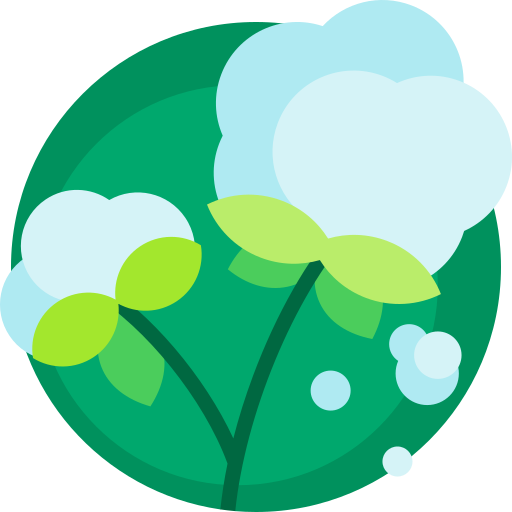
Cotton
(From Cotton Plant)
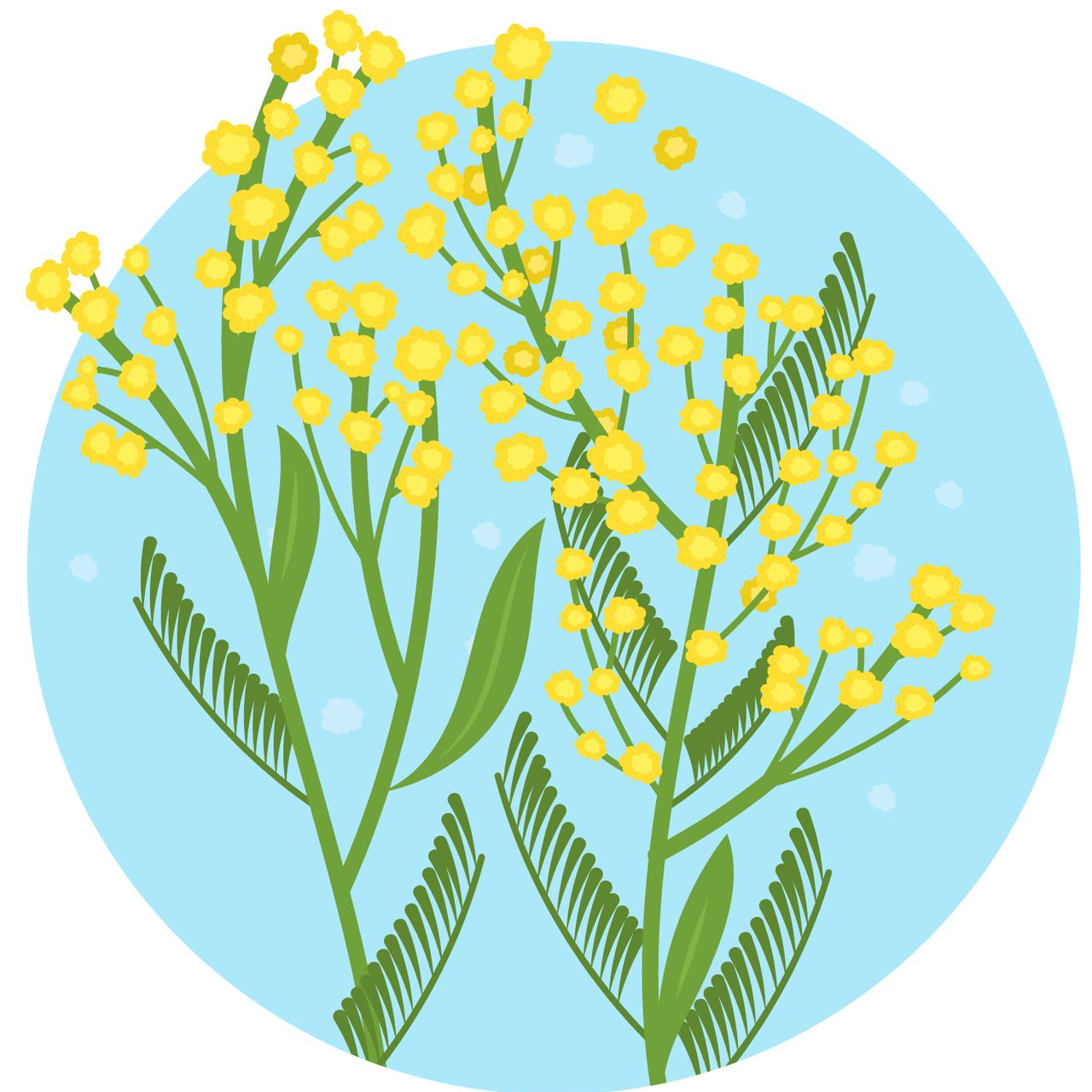
Linen
(From Flax Plant)
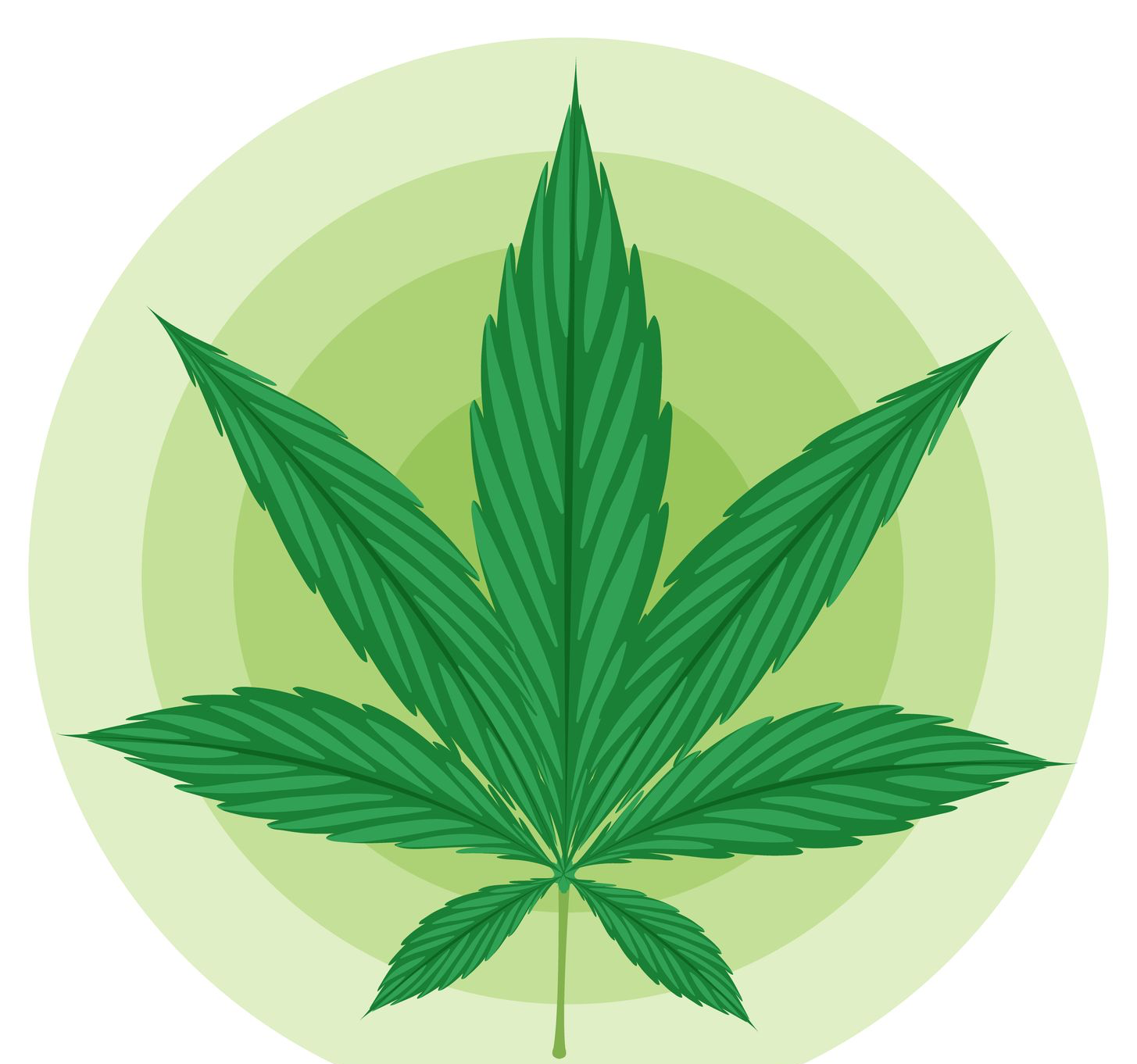
Hemp
(From Hemp Plant)
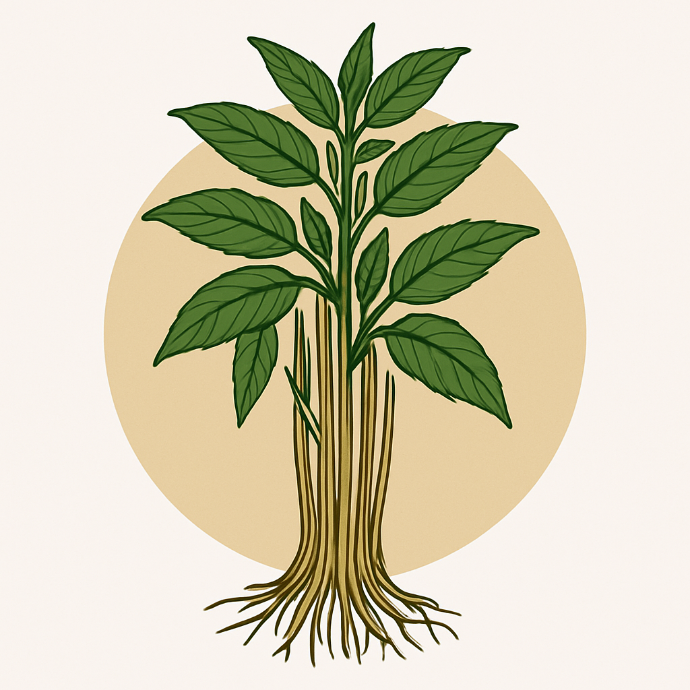
Jute
(From Jute Plant)
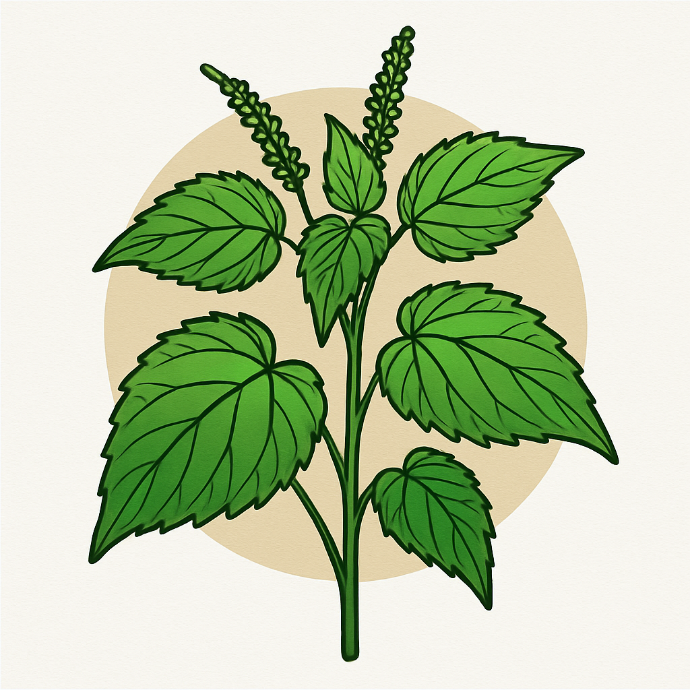
Ramie
(From Ramie Plant)
Coir
(From Coconut Husk)
Animal

Silk
(From Silkworm)

Wool
(From Sheep)

Alpaca
(From Alpaca)

Mohair
(From Angora Goat)

Cashmere
(From Cashmere Goat)

Camel Hair
(from Bactrian Camel)

Synthetic Fibres
(Man-made)
Fully Synthetic
Fibres
Polyester
(From Petroleum Based Polymers)
Polyamide
(From A diamine)
Acrylic
(From Acrylonitrile)
Spandex
(From Polyurethene based polymers)
Polypropylene
(From synthetic polymer)
Semi-Synthetic
Fibres
Modal
(From Beech tree pulp)
Rayon
(From Regenerated Cellulose)
Lyocell
(From Wood pulp)
Acetate
(From Acetic acid and acetic anhydride)
Cupro
(From Regenerated cellulose)
Viscose
(From Regenerated cellulose)
High Performance
Synthetic Fibres
Aramids
(From Aromatic Polyamides)
Carbon Fibers
(From Polyacrylonitrile)

